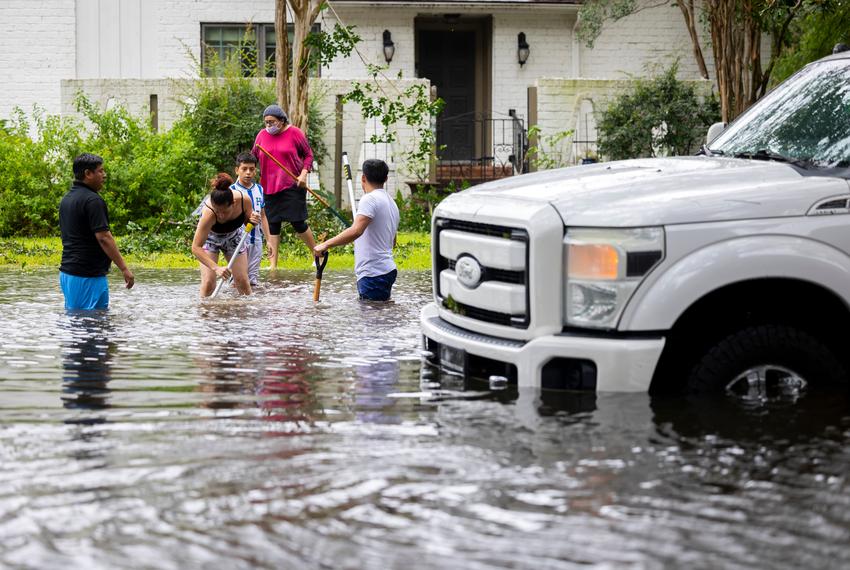In a dramatic turn of events, Storm Beryl has left southeast Texas reeling from its devastating impact. Nearly 2 million homes and businesses are now without power, as the storm’s destructive path uprooted power lines and wreaked havoc on infrastructure. The aftermath has sparked a critical situation as residents face life-threatening heat without air conditioning, leading to a scramble for resources and relief.
On Monday, Storm Beryl hit Texas with unprecedented force, causing widespread flooding, tearing apart homes, and downing webs of power lines. The coastal communities have been particularly hard hit, with Galveston among the areas cut off from essential services such as phone and internet access.
As the temperatures soared into the 90s, with heat indices reaching a blistering 105 degrees, the state’s emergency services were overwhelmed. Cooling centers have been opened across the state to mitigate the severe health risks posed to vulnerable populations, including the elderly, children, and homeless individuals.
Community Response and Relief Efforts
The aftermath of Beryl has galvanized community efforts to provide relief and support. Volunteers and emergency responders are working tirelessly to restore power and provide necessities to those affected. The state’s response has included setting up cooling centers and distributing water and supplies to help residents cope with the intense heat.
The storm’s impact is a stark reminder of the vulnerability of infrastructure to extreme weather events. With climate change contributing to the severity of storms, there is an urgent need for more resilient systems to withstand future events. The rebuilding process will be long and challenging, requiring significant resources and coordination among local, state, and federal agencies.

